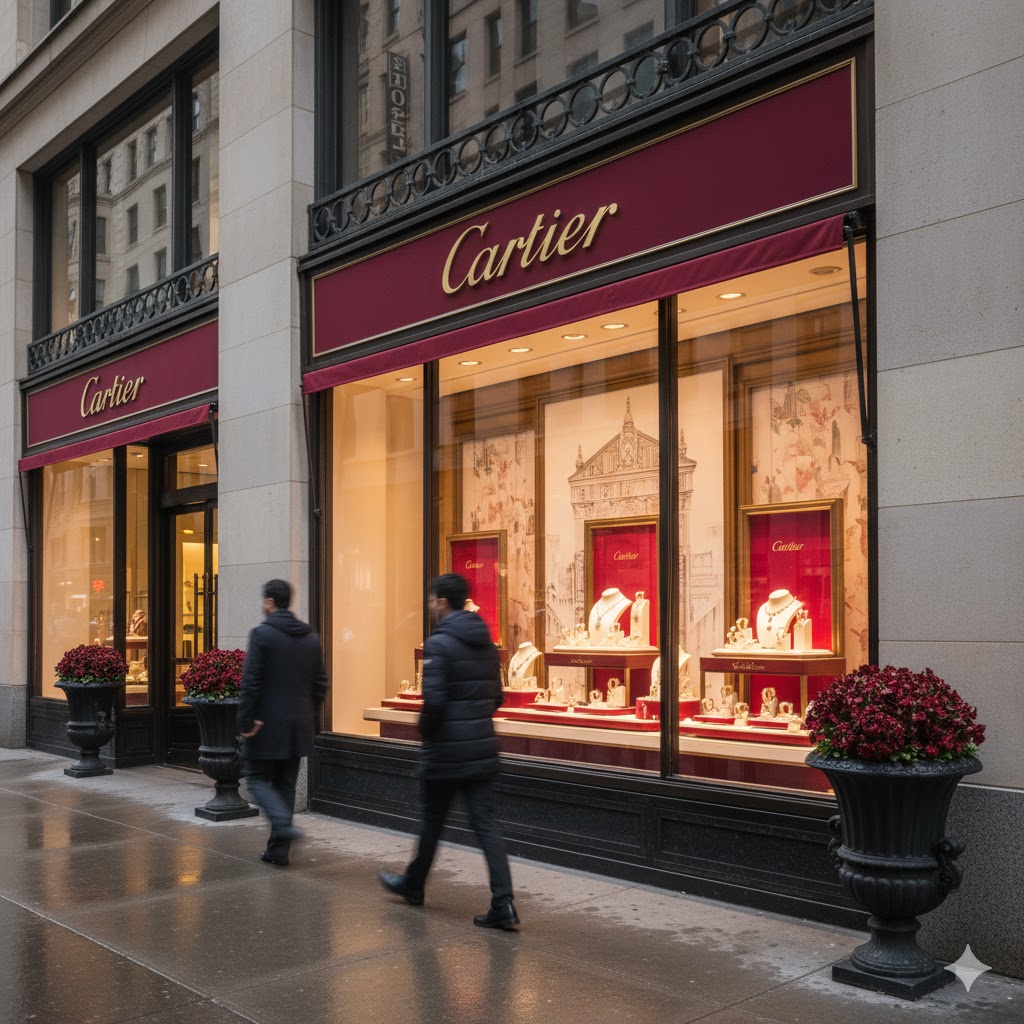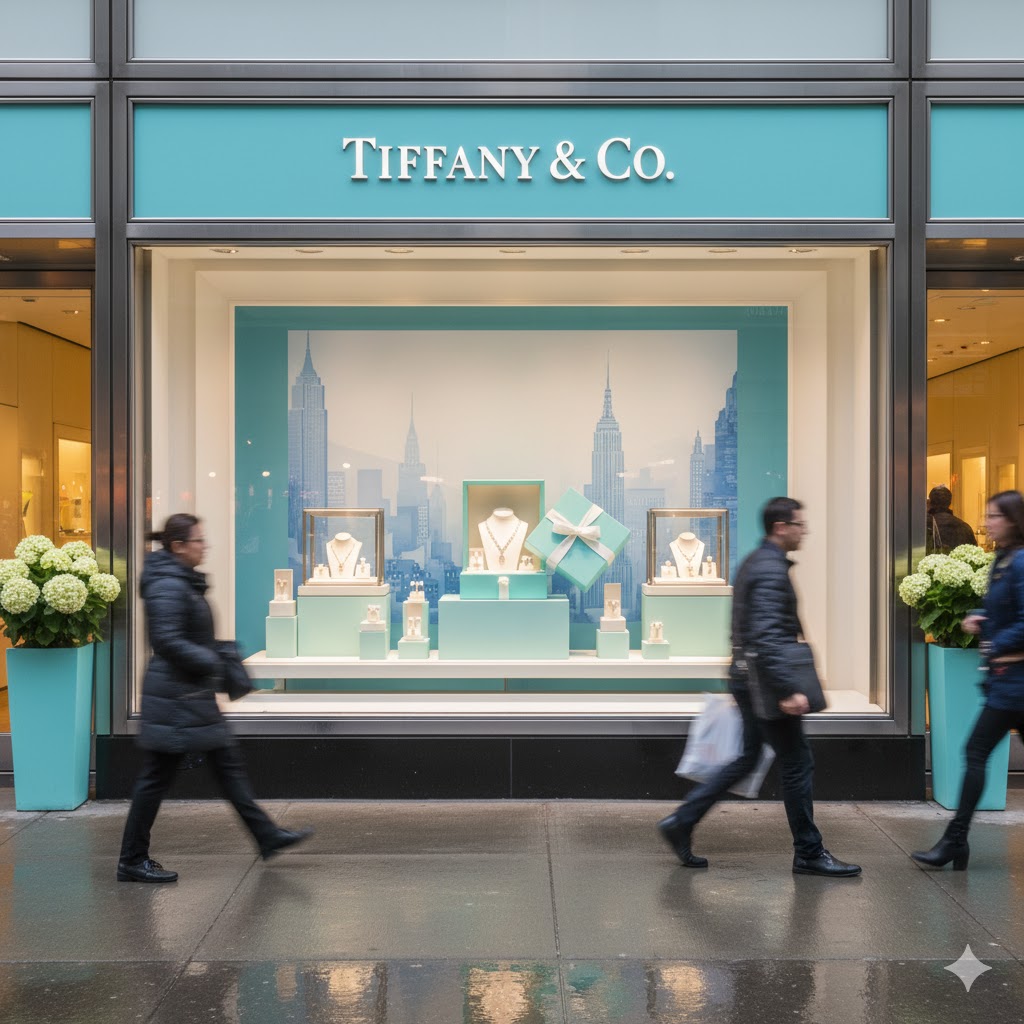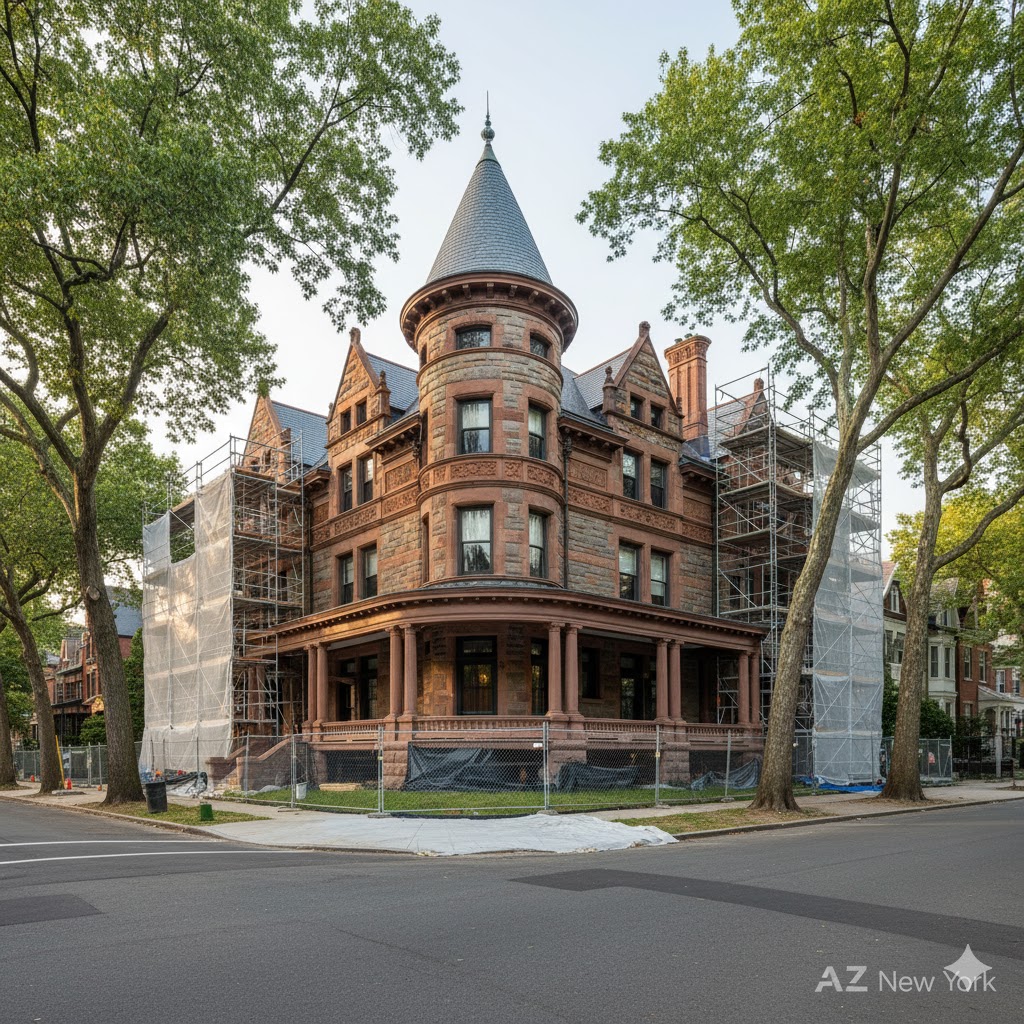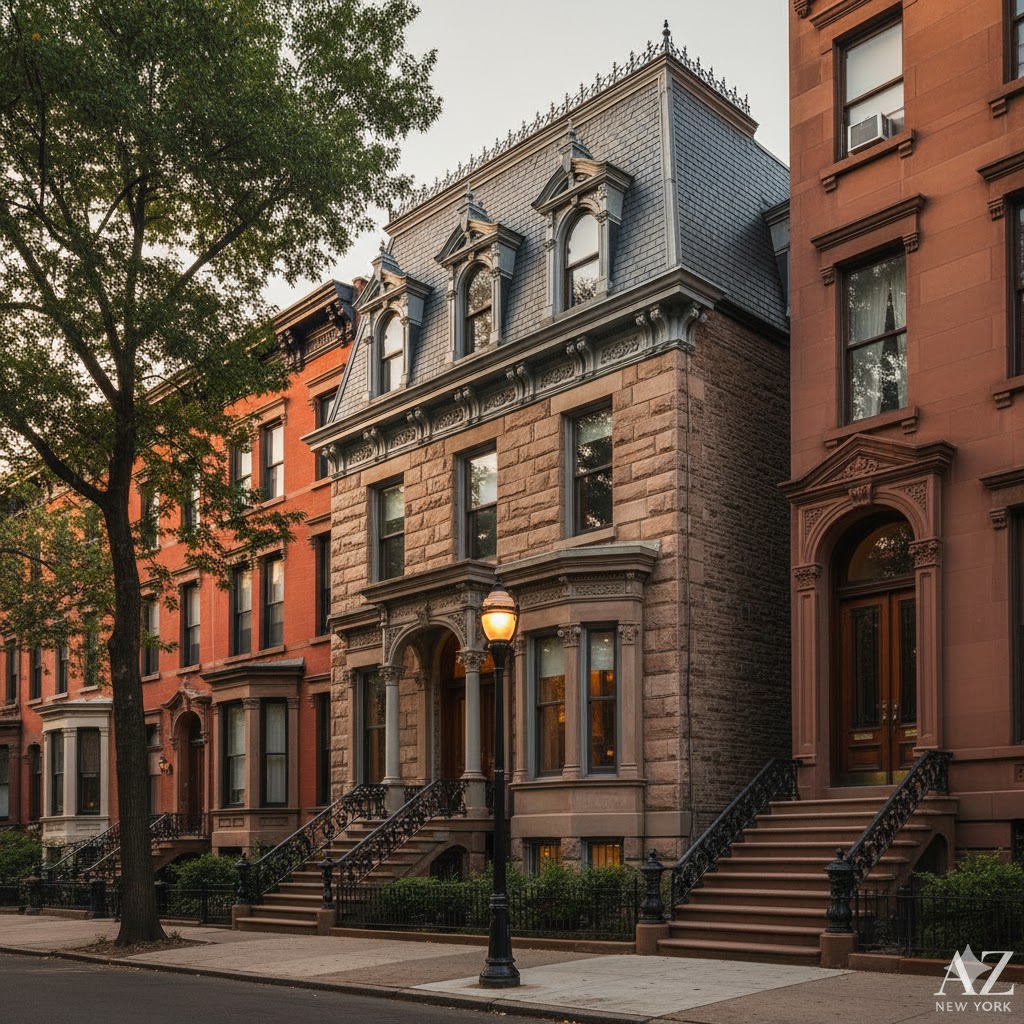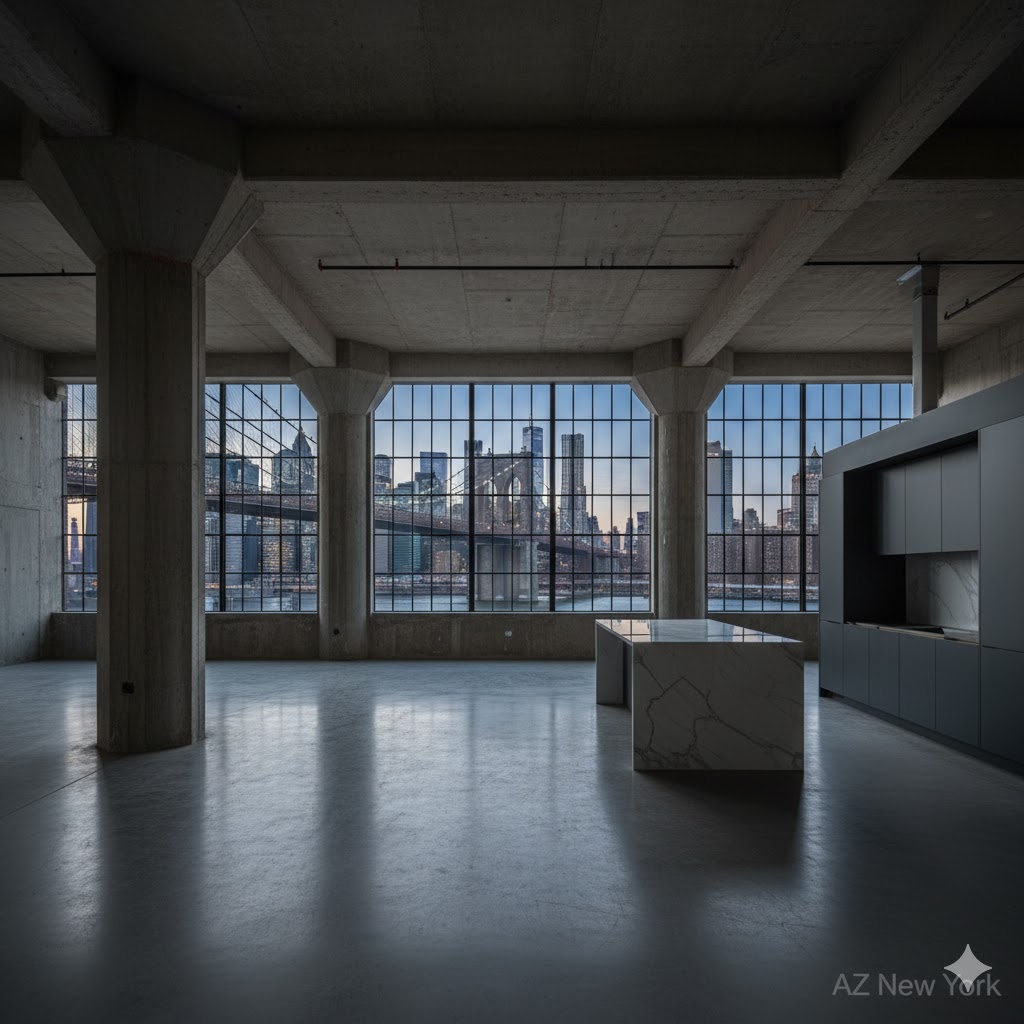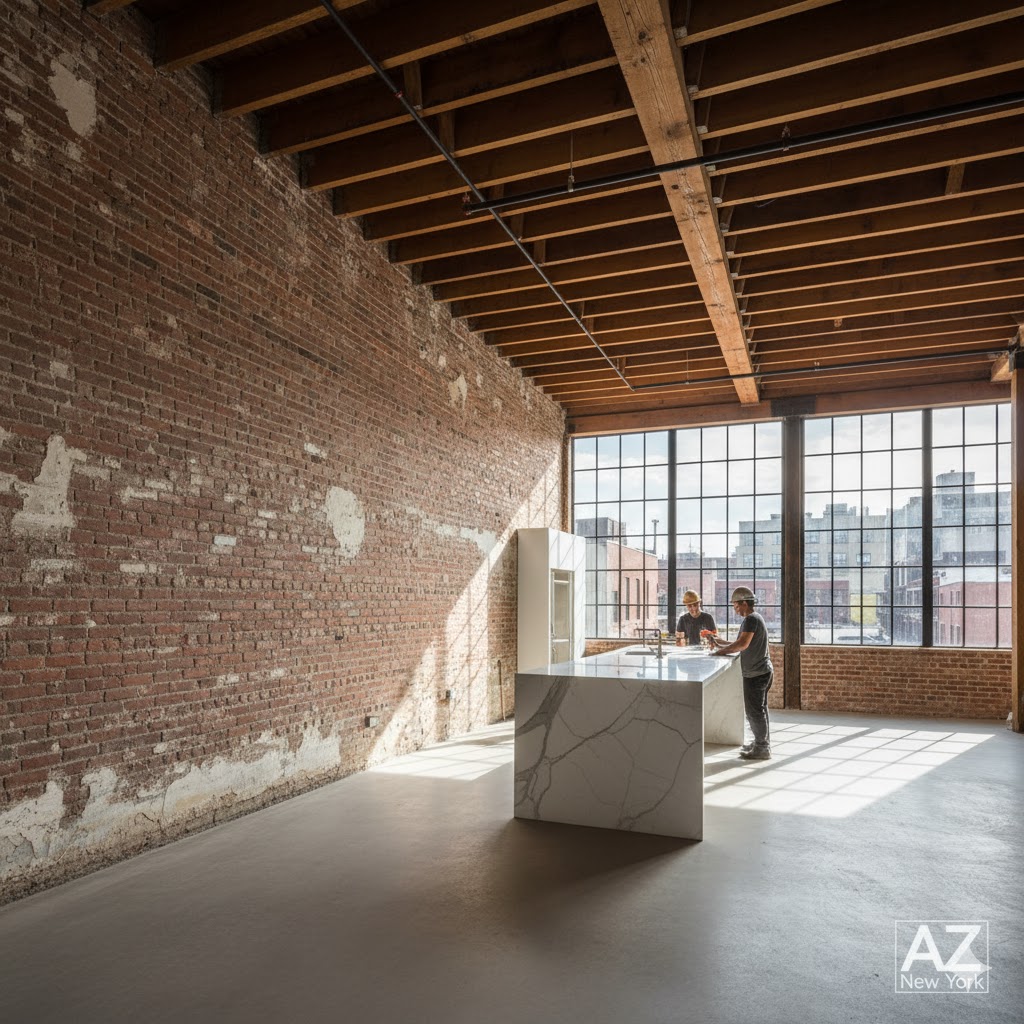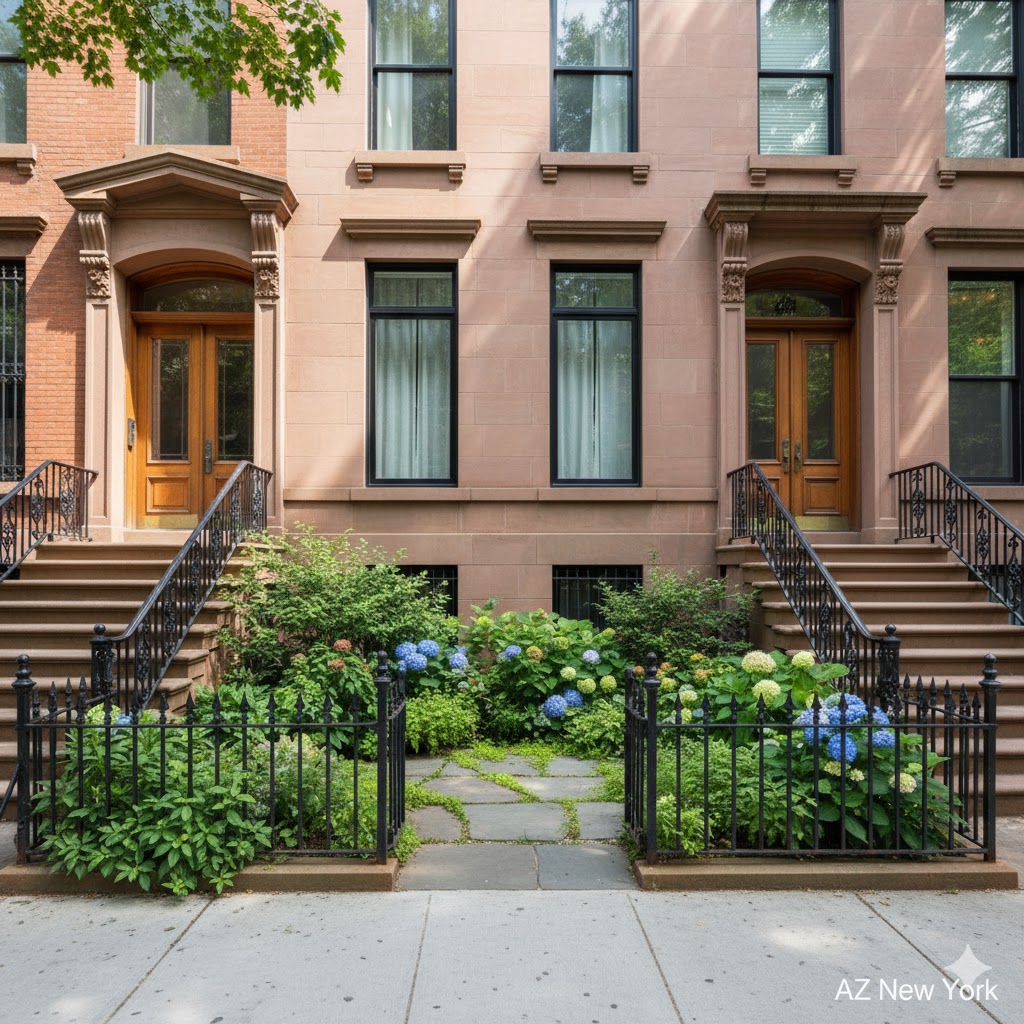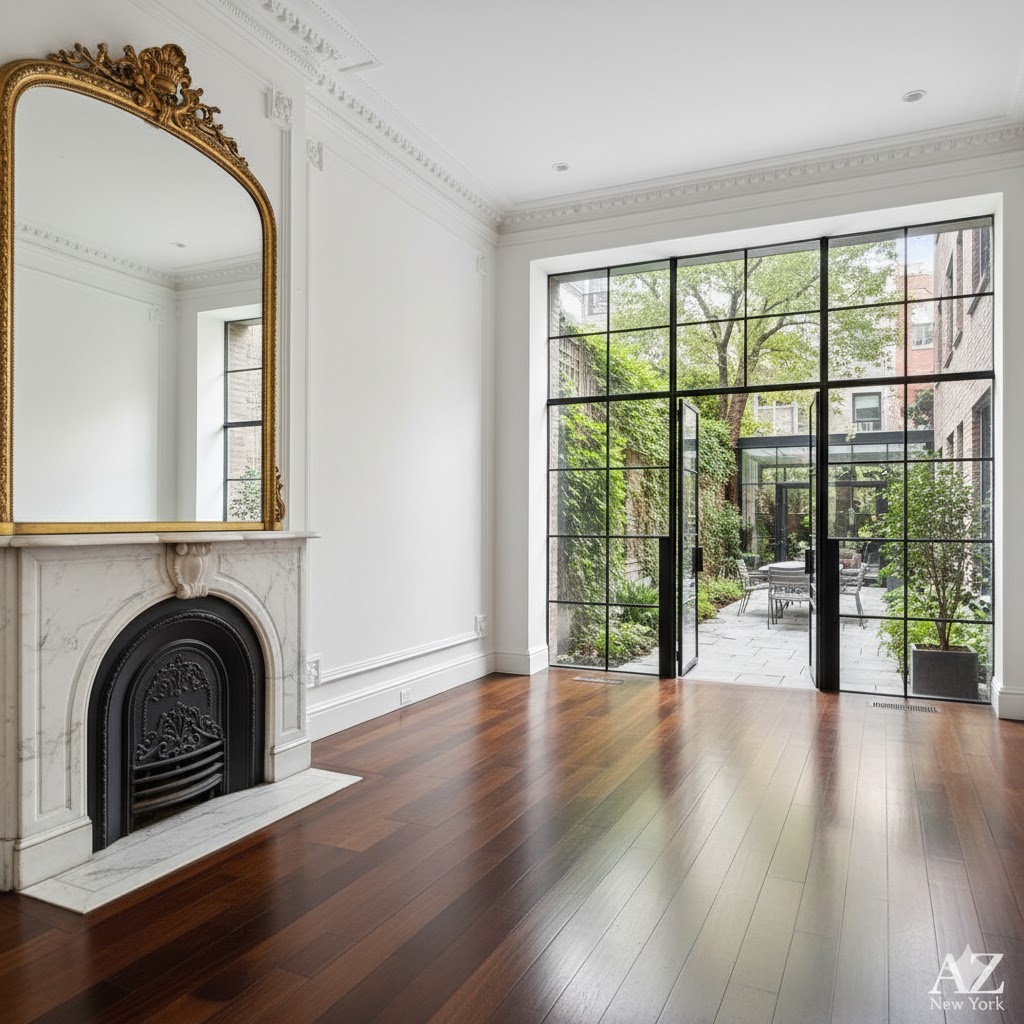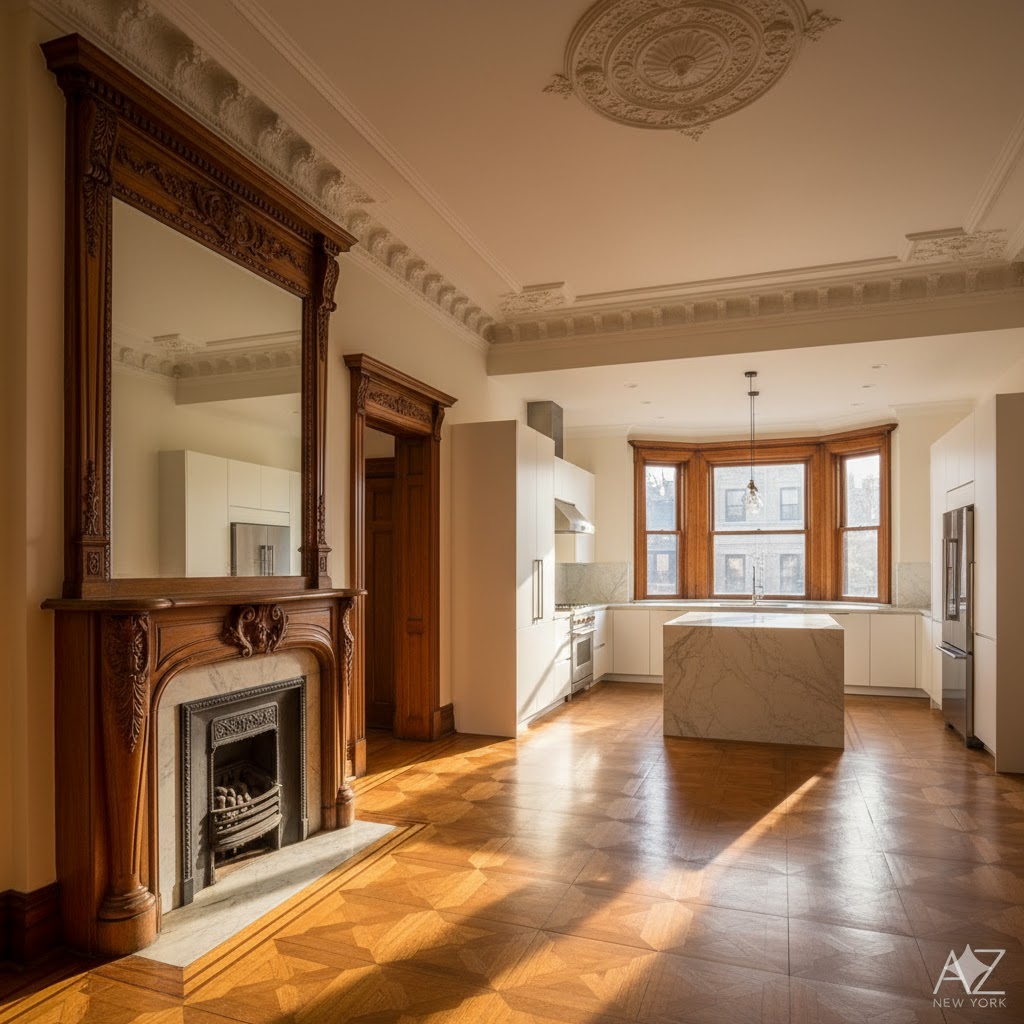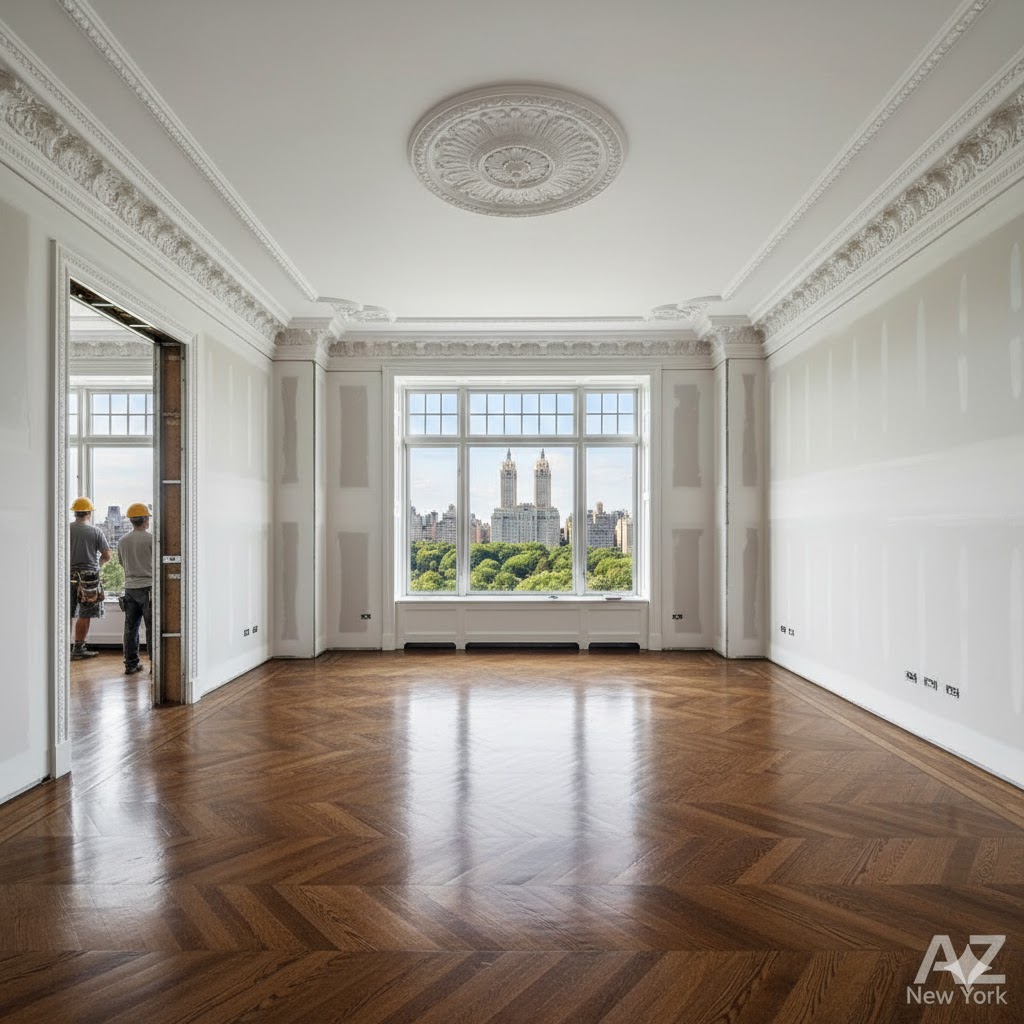What is the role of the Federal Reserve Bank of New York in the stability (or instability) of the world economy?

What is the role of the Federal Reserve Bank of New York in the stability (or instability) of the world economy?
While the Federal Reserve Board in Washington D.C. sets the strategy for U.S. monetary policy, the Federal Reserve Bank of New York is its powerful operational arm.
Its headquarters at 33 Liberty Street—a stone’s throw from Wall Street—is no accident. This institution is the central nervous system connecting the U.S. economy to the rest of the world.
The NY Fed is the U.S. central bank’s hands in the market, its guardian of global gold, and its chief firefighter during a crisis. Its actions can stabilize the global economy or, as critics argue, sow the seeds of future instability.
In this eleventh deep dive, AZ New York explores the immense and controversial power held by this single institution.
The NY Fed’s Three Unique Powers
Among the twelve regional Federal Reserve Banks, the NY Fed is first among equals. It has unique responsibilities that make it the most important central bank in the world, after the main Fed Board itself.
Executing Monetary Policy: The Open Market Desk
This is its most critical function. The NY Fed is the only regional bank to operate the System Open Market Account (SOMA), where monetary policy becomes reality.
When you hear that the Fed is “raising or lowering interest rates,” it is the traders on the Open Market Desk in New York who execute that order by buying or selling billions in government securities.
These actions directly influence the amount of money in the banking system, affecting interest rates for everyone, everywhere.
Guardian of Global Gold: The Gold Vault
Eighty feet below Liberty Street lies the world’s largest known depository of monetary gold. The NY Fed’s vault provides secure custody for the gold reserves of dozens of foreign nations, central banks, and international organizations.
This role makes the NY Fed a central pillar of trust in the global financial system. When countries trade gold, the bars often just move from one compartment to another inside this single vault.
The World’s Banker: International Relations
The NY Fed serves as the primary point of contact between the Federal Reserve and other central banks around the world. During global crises, it activates currency swap lines, providing critical U.S. dollar liquidity to other nations to prevent international financial panics.
A Force for Stability… and Controversy
The NY Fed’s power is most visible during a crisis, where its role as a stabilizer becomes a subject of intense debate.
The Crisis Firefighter
During the 2008 Financial Crisis, the NY Fed was at the epicenter of the government’s response. It orchestrated the rescue of Bear Stearns and provided the emergency loans to AIG that prevented a catastrophic collapse of the entire system.
In these moments, it acts as the ultimate backstop, providing the liquidity needed to keep the machinery of global finance from grinding to a halt.
Sowing the Seeds of Instability?
However, critics argue that these very actions create “moral hazard.” By bailing out institutions deemed “too big to fail,” the Fed may inadvertently encourage those same firms to take excessive risks in the future, knowing a safety net exists.
This is the great paradox of the NY Fed: its actions to quell today’s instability might be creating the conditions for tomorrow’s crisis.
Pro Tip: To get expert insights directly from the source, follow the “Liberty Street Economics” blog on the official Federal Reserve Bank of New York website. It provides accessible analysis on pressing economic issues from the bank’s own economists.
A Piece of History: The security of the NY Fed’s gold vault is legendary. The vault’s only entrance is a 9-foot-tall, 90-ton steel cylinder that rotates into a 140-ton steel-and-concrete frame.
When closed, it creates an airtight and watertight seal. The design is so effective that the vault has no key and no combination; it can only be opened by a coordinated team of auditors when the bank is open for business.
Frequently Asked Questions (FAQ)
Let’s clarify some common questions about this powerful institution.
Who actually owns the NY Fed?
Like all regional Fed banks, the NY Fed is privately owned by the member commercial banks within its district. However, it is not a for-profit institution. It is overseen by the public Board of Governors in Washington and works in the public interest.
Does the NY Fed print physical money?
No. The U.S. Treasury’s Bureau of Engraving and Printing prints physical currency. The NY Fed “creates” money in a digital sense through its open market operations, expanding the reserves in the commercial banking system, which is what most people mean by “money printing.”
Why is the president of the NY Fed so important?
The president of the NY Fed is the only regional bank president with a permanent vote on the Federal Open Market Committee (FOMC), the group that sets the nation’s key interest rates. This gives them a uniquely powerful and consistent voice in U.S. monetary policy.
Understanding this institution is key to understanding global finance. For more on this topic, explore our Economy section.
Keywords for Your Next Internet Searches on the Subject…
Role of NY Fed, Federal Reserve monetary policy, Open Market Desk, world’s largest gold vault, too big to fail explained, moral hazard finance, 2008 financial crisis Fed response, FOMC permanent members.
Tags
Federal Reserve Bank of New York, NY Fed, Monetary Policy, Central Banking, Wall Street, Financial District, FiDi, Open Market Operations, Gold Vault, Financial Stability, 2008 Financial Crisis, Moral Hazard, Too Big to Fail, FOMC, US Economy, Global Economy, Interest Rates, New York City, 33 Liberty Street
Part 1: Business, Economy, and Power (1–20)
This section explores the core of what makes the Financial District tick: the deals, the institutions, and the immense power that flows through its veins.
- What does it really mean to “work on Wall Street” today?
- How does the “investment banking” culture of FiDi shape the global economy?
- What is the true influence of the New York Stock Exchange (NYSE) on the daily lives of ordinary people?
- How deep is the connection between the political power of Washington D.C. and the decisions made on Wall Street?
- Does the “Charging Bull” still symbolize prosperity, or has it become an icon of corporate greed?
- What are the best-kept secrets of the major investment banks headquartered in FiDi?
- How is the rise of fintech and cryptocurrencies challenging the traditional financial dominance of Wall Street?
- What is the true human cost behind the multi-billion dollar profits generated in the Financial District?
- If the walls of Goldman Sachs or J.P. Morgan’s offices could talk, what would they reveal about power?
- Is Wall Street’s “work hard, play hard” culture sustainable in the long run?
- What is the role of the Federal Reserve Bank of New York in the stability (or instability) of the world economy?
- How ethical are the practices that led to the rise of so many financial empires in FiDi?
- What is the impact of artificial intelligence on the high-frequency trading that occurs on Wall Street?
- Who are the real “wolves” of Wall Street today?
- How is the gentrification of the Financial District transforming the social and economic landscape of Lower Manhattan?
- What is the next major financial crisis that could emerge from Wall Street?
- What does the concentration of so much financial power in a single area say about social inequality in the U.S.?
- How does the annual bonus culture on Wall Street affect the mindset and decisions of traders?
- What is the true story behind the fortunes built and lost on Wall Street?
- If the Financial District were a country, what would its GDP and foreign policy be?
Part 2: Lifestyle, Behavior, and Wall Street Culture (21–40)
Beyond the numbers, there’s a unique culture. This section delves into the daily lives, habits, and social dynamics of the people who power the Financial District.
- What is the unwritten dress code for success in FiDi?
- What is the daily routine of a junior analyst at an investment bank on Wall Street?
- What role do happy hours play in the networking and deal-making culture of the Financial District?
- Is life in FiDi more like the show “Billions” or the movie “The Wolf of Wall Street”?
- What are the most coveted status symbols among Wall Street professionals?
- How does the pressure to perform affect the mental health of workers in the Financial District?
- What is the “secret language” and jargon used by Wall Street insiders?
- Is there a “Wall Street dream” analogous to the “American dream”?
- How do FiDi professionals balance their personal lives with the long working hours?
- What is the role of exclusive clubs and secret societies in Wall Street’s power hierarchy?
- How has Wall Street’s culture changed since the 2008 financial crisis?
- What do “Wall Street bros” do for fun on the weekends?
- What is the soundtrack to the life of a successful trader on Wall Street?
- How important are philanthropy and donations to the public image of Wall Street billionaires?
- What are the gender dynamics like in an environment as male-dominated as Wall Street?
- What is the diet of a high-performance professional in the Financial District?
- What do Wall Street veterans teach newcomers about surviving in this competitive environment?
- What is the impact of Wall Street culture on New York City’s nightlife and relationships?
- What happens when someone on Wall Street “breaks” and loses everything?
- What cultural legacy is the current generation of Wall Street professionals leaving for the future?
Part 3: Architecture, Real Estate, and Urbanism (41–55)
The very streets and buildings of the Financial District tell a story. Here, we examine the physical environment that houses the world’s most powerful economic engine.
- How does the architecture of the Financial District’s skyscrapers reflect the power and ambition of their occupants?
- What is the story behind the names of FiDi’s streets, like Wall Street, Broad Street, and Pearl Street?
- How did One World Trade Center and the 9/11 Memorial change the landscape and spirit of the Financial District?
- What is the real cost of a luxury apartment with a view of the world’s financial heart?
- How did the geography of Lower Manhattan influence the development of the Financial District?
- What architectural secrets are hidden in the historic buildings of Wall Street?
- How does FiDi’s transportation infrastructure (subway, ferries, etc.) support the daily flow of millions of people?
- What is the future of office space in the Financial District in the era of remote work?
- How are security and surveillance integrated into the architecture and urban planning of FiDi?
- What is the historical significance of places like Trinity Church amidst the modern skyscrapers?
- How is real estate development in FiDi expanding into adjacent areas like the Seaport District?
- What is the environmental impact of concentrating so many buildings and people in such a small area?
- What do future urban planning projects reveal about the evolution of the Financial District?
- What does it feel like to walk through the narrow streets and canyons of steel and glass in FiDi?
- How is New York’s history as a commercial port still visible in the urban landscape of the Financial District?
Part 4: Gastronomy, Entertainment, and Leisure (56–70)
Where do the power players dine, drink, and unwind? This section explores the culinary and recreational landscape of the Financial District.
- Where do Wall Street bankers have lunch to close multi-million dollar deals?
- What is the most iconic bar in the Financial District for a “power happy hour”?
- How has FiDi’s dining scene evolved from simple “power lunches” to Michelin-starred restaurants?
- What role do steakhouses play in Wall Street’s business culture?
- What are the secret getaways and leisure spots for FiDi professionals to escape the pressure of work?
- How does the nightlife in the Financial District compare to other Manhattan neighborhoods, like the Meatpacking District?
- What is the most ordered drink in Wall Street bars after the market closes?
- Where do Wall Street traders celebrate a day of record profits?
- How important is coffee to the frantic routine of the Financial District?
- How are cultural and artistic events beginning to flourish in an area traditionally focused on business?
- What is the best spot in FiDi to watch the sunset over the Hudson River?
- What luxury entertainment options are available to the Wall Street elite?
- How does street food (food trucks) adapt to serve the hurried crowds of the Financial District?
- What do the restaurants and bars in FiDi reveal about the hierarchy and status of their patrons?
- What is the experience of dining in an exclusive restaurant at the top of a Financial District skyscraper?
Part 5: Luxury, Fashion, and Status (71–80)
In a world of high stakes, symbols of success matter. This section looks at the role of luxury, fashion, and status in the Financial District.
- What is the unofficial “uniform” of a successful investment banker on Wall Street?
- What are the most popular watch brands among traders in the Financial District?
- How are luxury and ostentation perceived in Wall Street culture?
- What is the dream car of a young analyst who has just received their first big bonus?
- How has fashion in FiDi evolved from the traditional suit and tie to a more “business casual” style?
- What are the favorite luxury stores and boutiques of the Wall Street elite?
- What does a bespoke suit say about someone’s position in the Wall Street hierarchy?
- How are accessories (shoes, briefcases, pens) used as symbols of power and status in FiDi?
- How important is membership in exclusive gyms and fitness clubs in the Financial District?
- How does the concept of “luxury” on Wall Street extend beyond material goods to include experiences and exclusive access?
Part 6: History, Curiosities, and Memes (81–90)
The Financial District is steeped in history and modern lore. This section uncovers fascinating stories, hidden facts, and the neighborhood’s role in internet culture.
- What is the real origin of the name “Wall Street”?
- What were the most dramatic and iconic moments in the history of the New York Stock Exchange?
- What is the story of the “Fearless Girl” statue and its relationship with the “Charging Bull”?
- What are the most famous legends and myths about the early days of Wall Street?
- How do internet memes (like the “Stonks” meme) portray and satirize the world of Wall Street?
- What were the biggest financial scandals that rocked Wall Street throughout history?
- What is the history of Federal Hall, the site where George Washington was inaugurated as the first U.S. President?
- Who are the “ghosts” of Wall Street—the companies and fortunes that vanished overnight?
- How have movies and books shaped the public’s perception of Wall Street?
- What is the most surprising curiosity about daily life in the Financial District that most people don’t know?
Part 7: Future, Innovation, and Technology (91–100)
What’s next for the Financial District? This final section looks ahead at the trends, technologies, and challenges that will define the future of Wall Street.
- How could blockchain technology and decentralized finance (DeFi) make Wall Street obsolete?
- What will be the role of humans in the financial market as artificial intelligence becomes more sophisticated?
- How is the Financial District adapting to climate change and the need for sustainability?
- What is the next major technological innovation to come out of “Silicon Alley” and impact Wall Street?
- How will remote work and the decentralization of offices affect the future of the Financial District as a center of power?
- What is Wall Street’s role in funding space exploration and other futuristic technologies?
- How is Generation Z changing the culture and priorities of the financial sector on Wall Street?
- Will the Financial District continue to be the world’s financial center in the coming decades, or will it be surpassed by other global hubs like Shanghai or Singapore?
- How are big data analytics and quantum computing transforming investment strategies on Wall Street?
- What is the most important question about the future of Wall Street that no one is asking?

